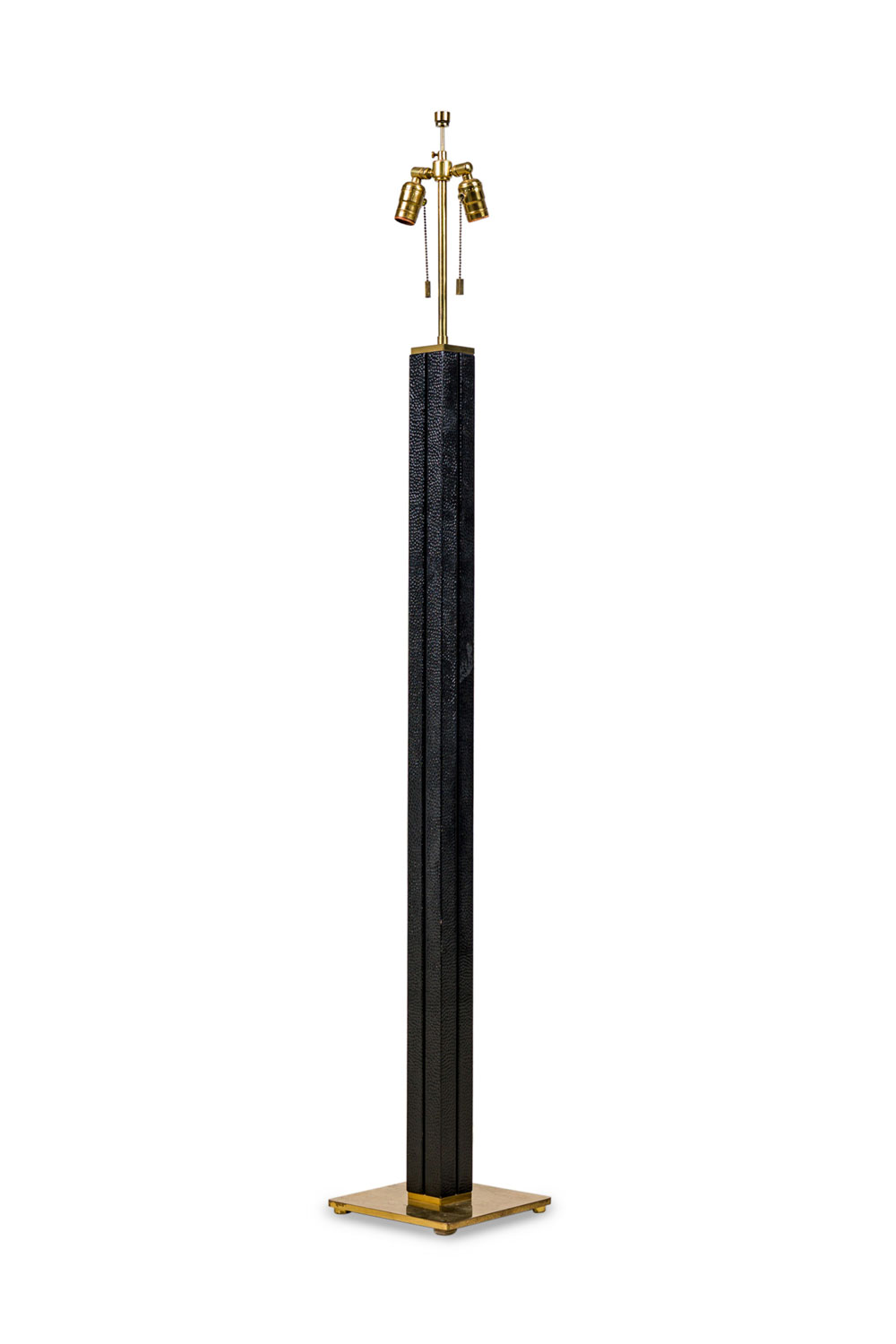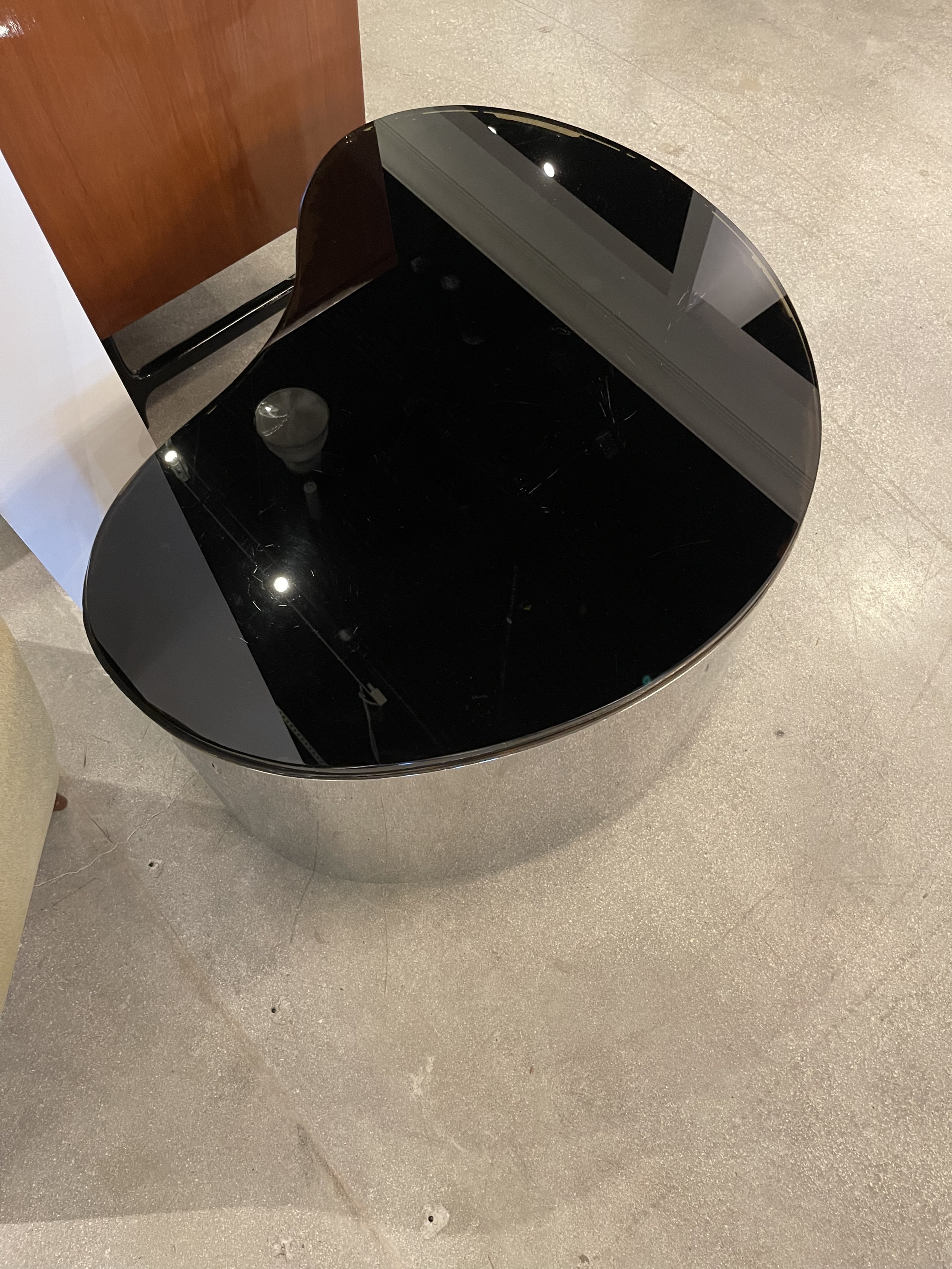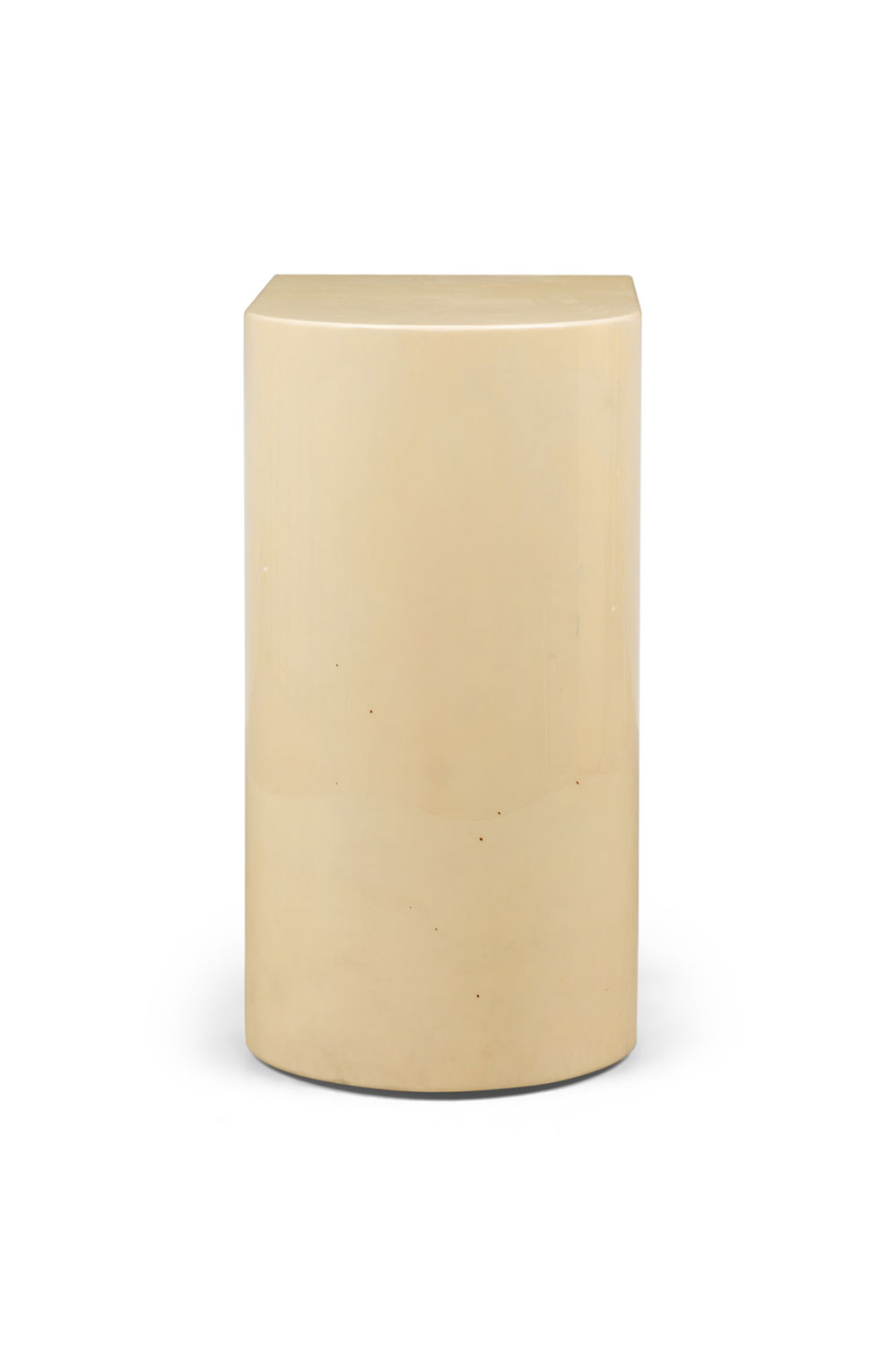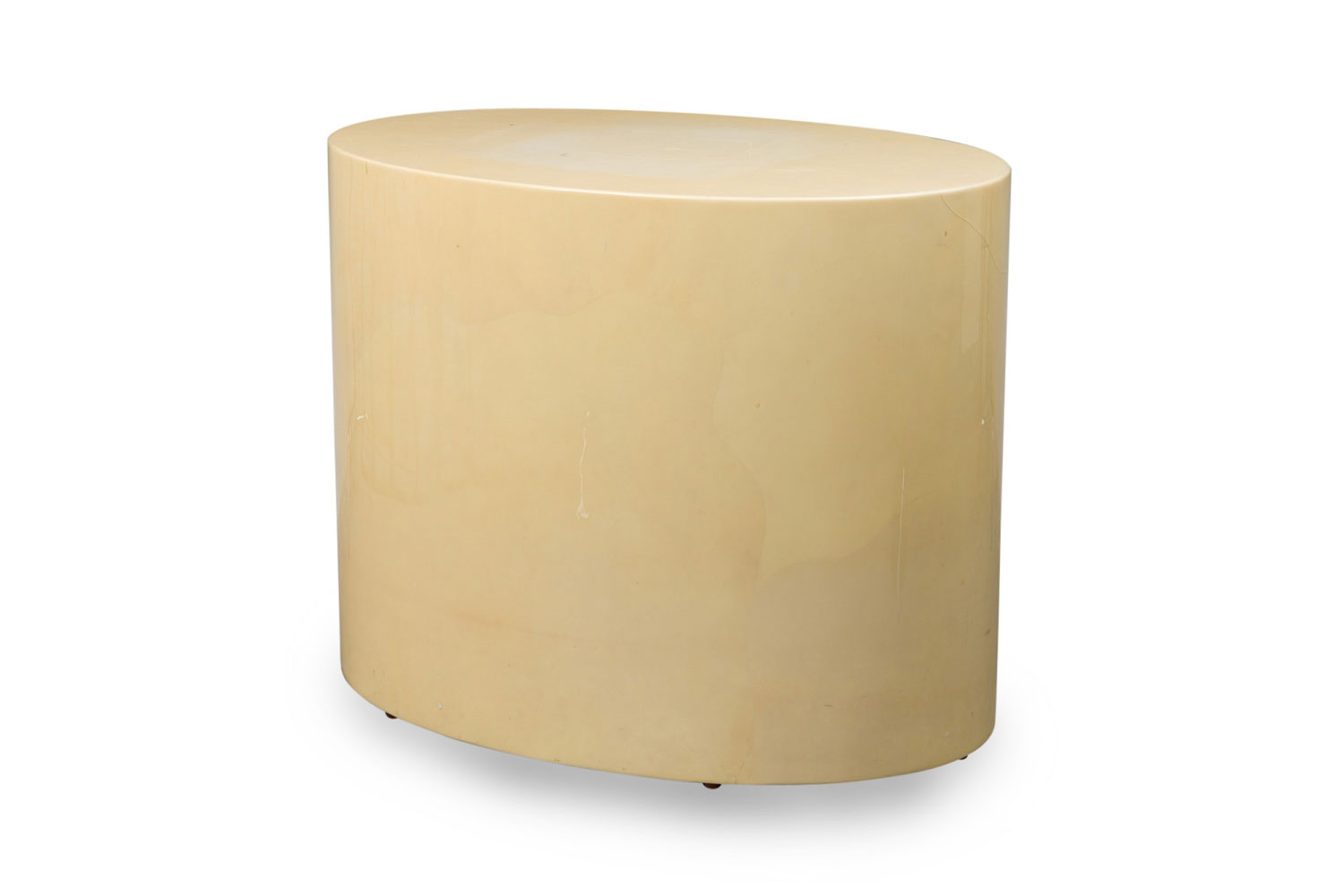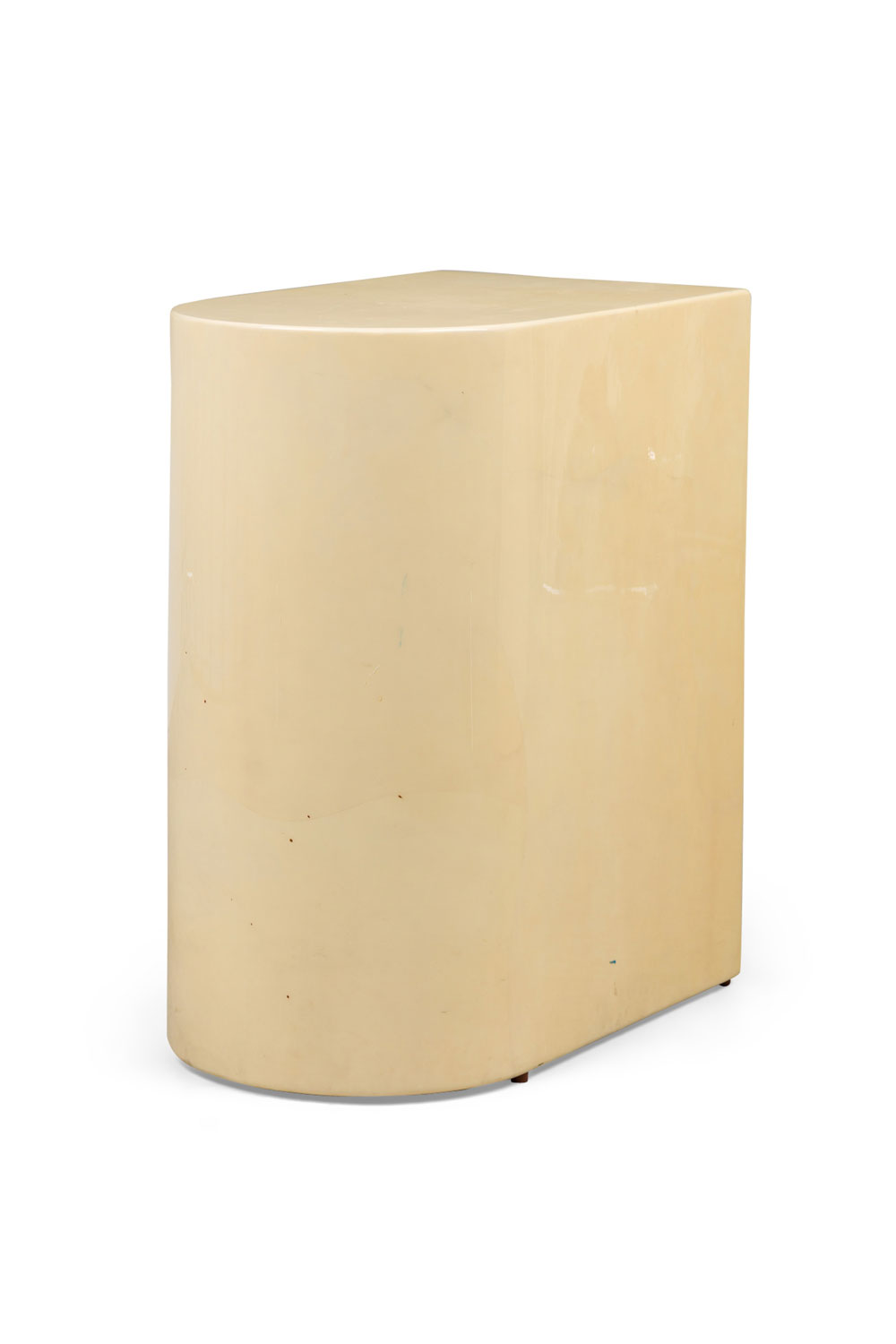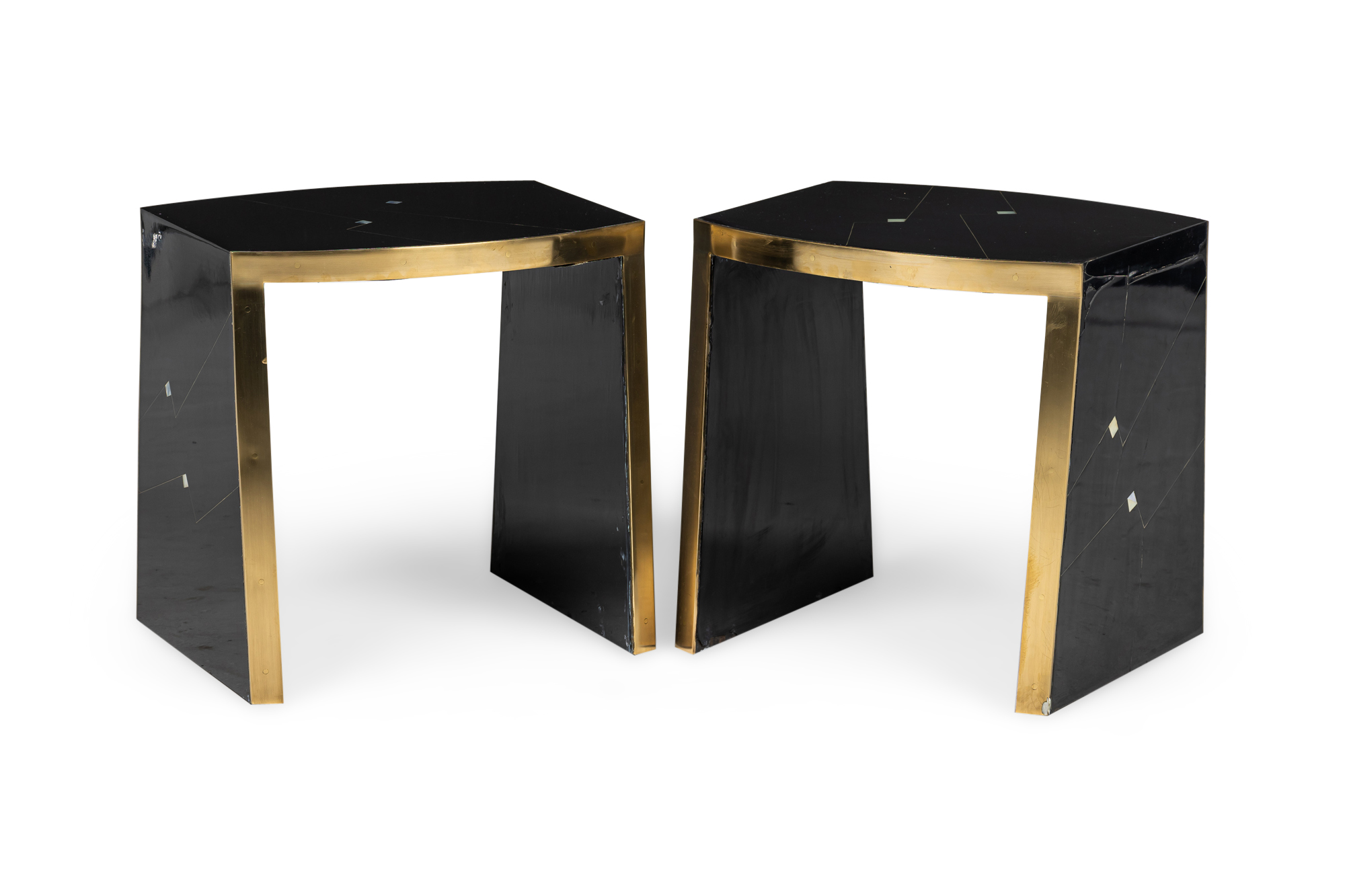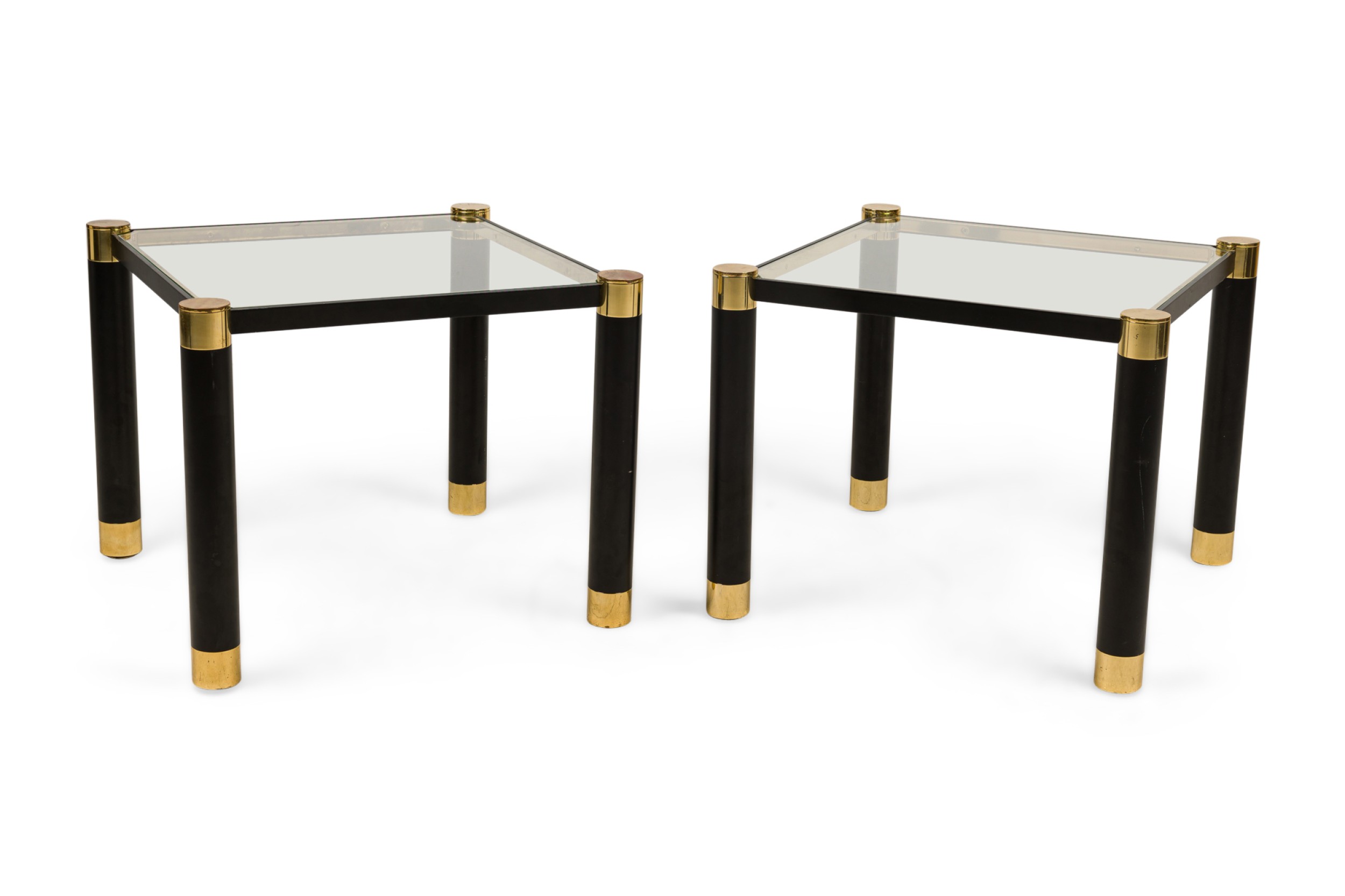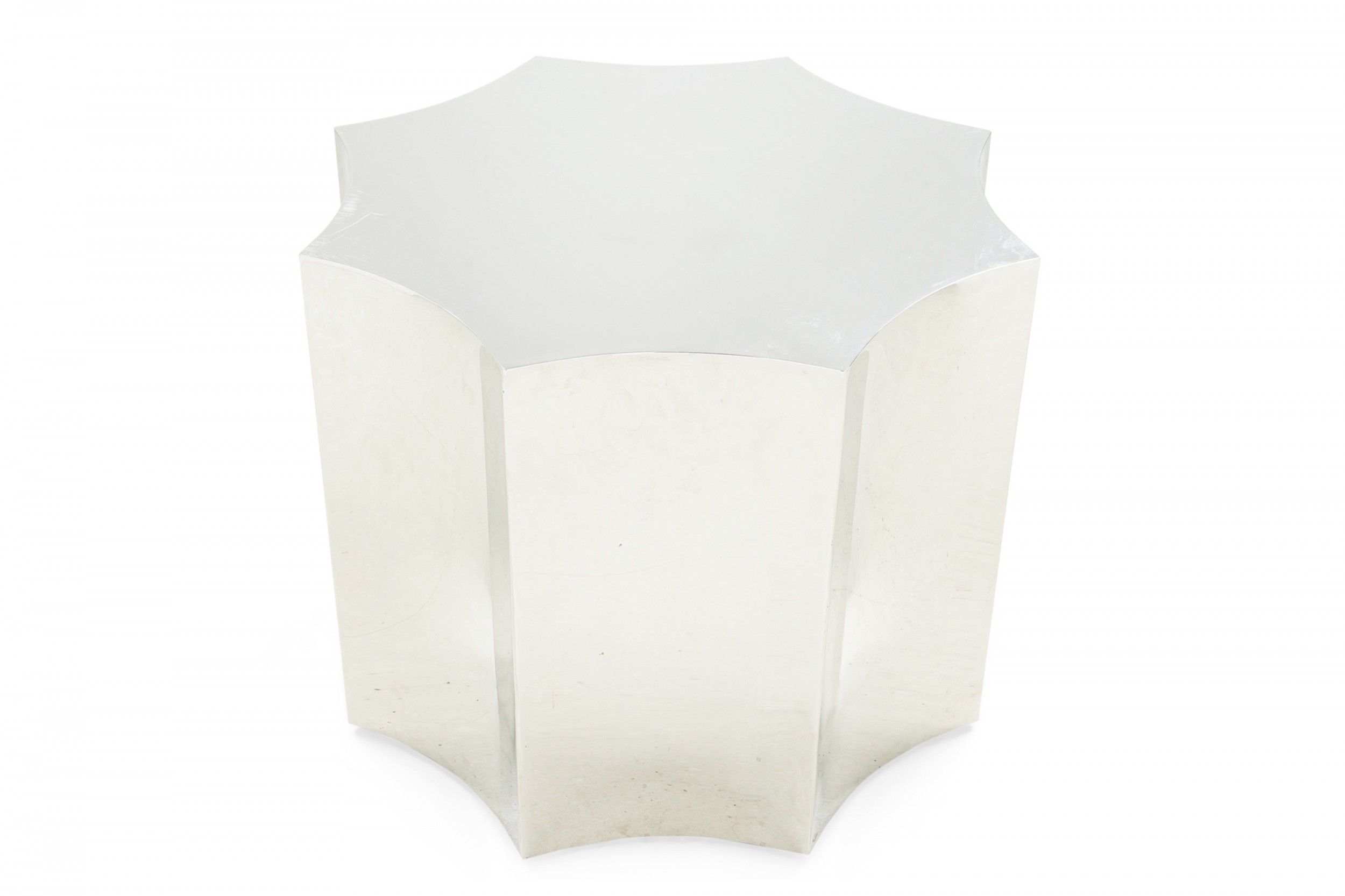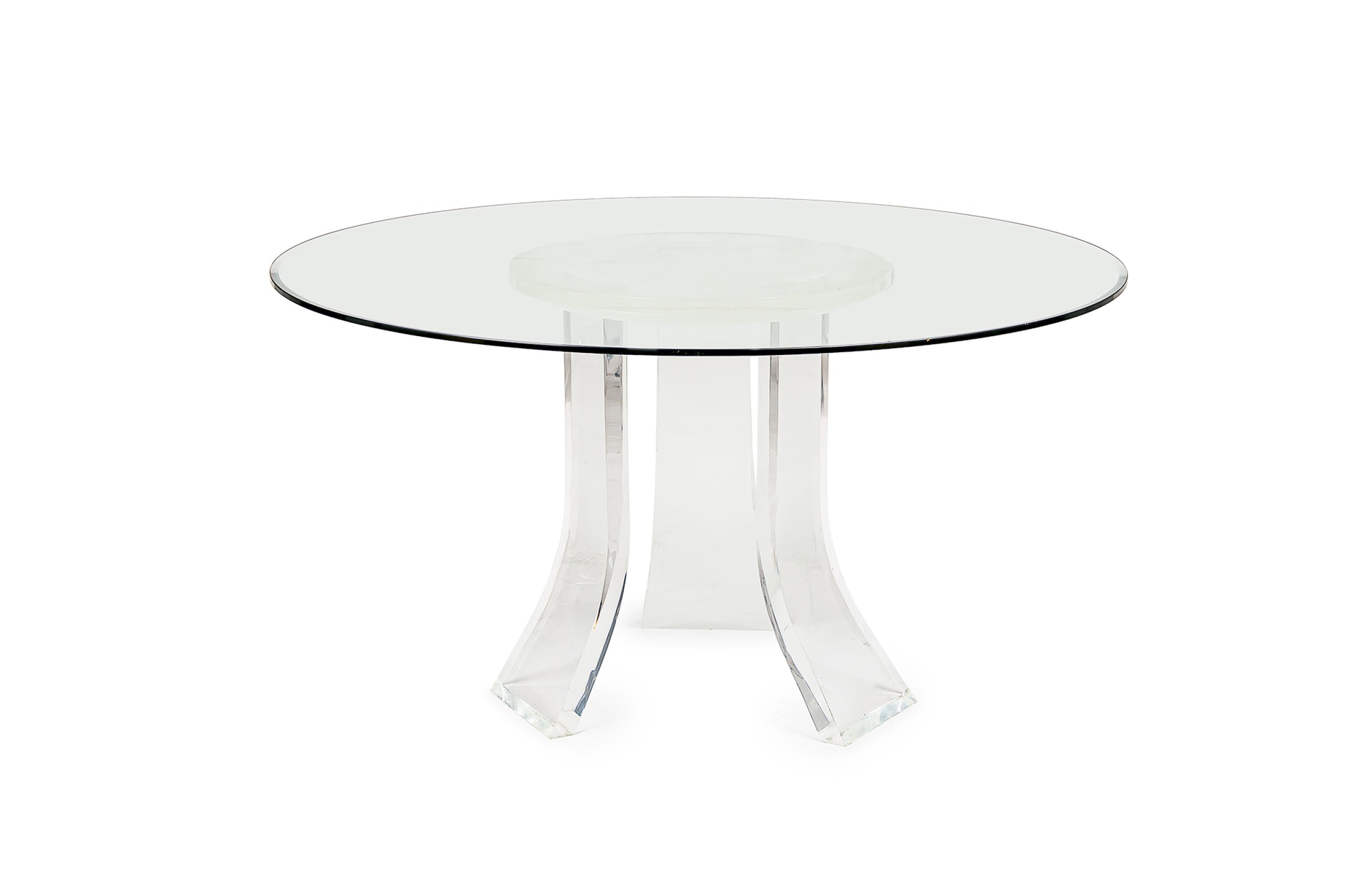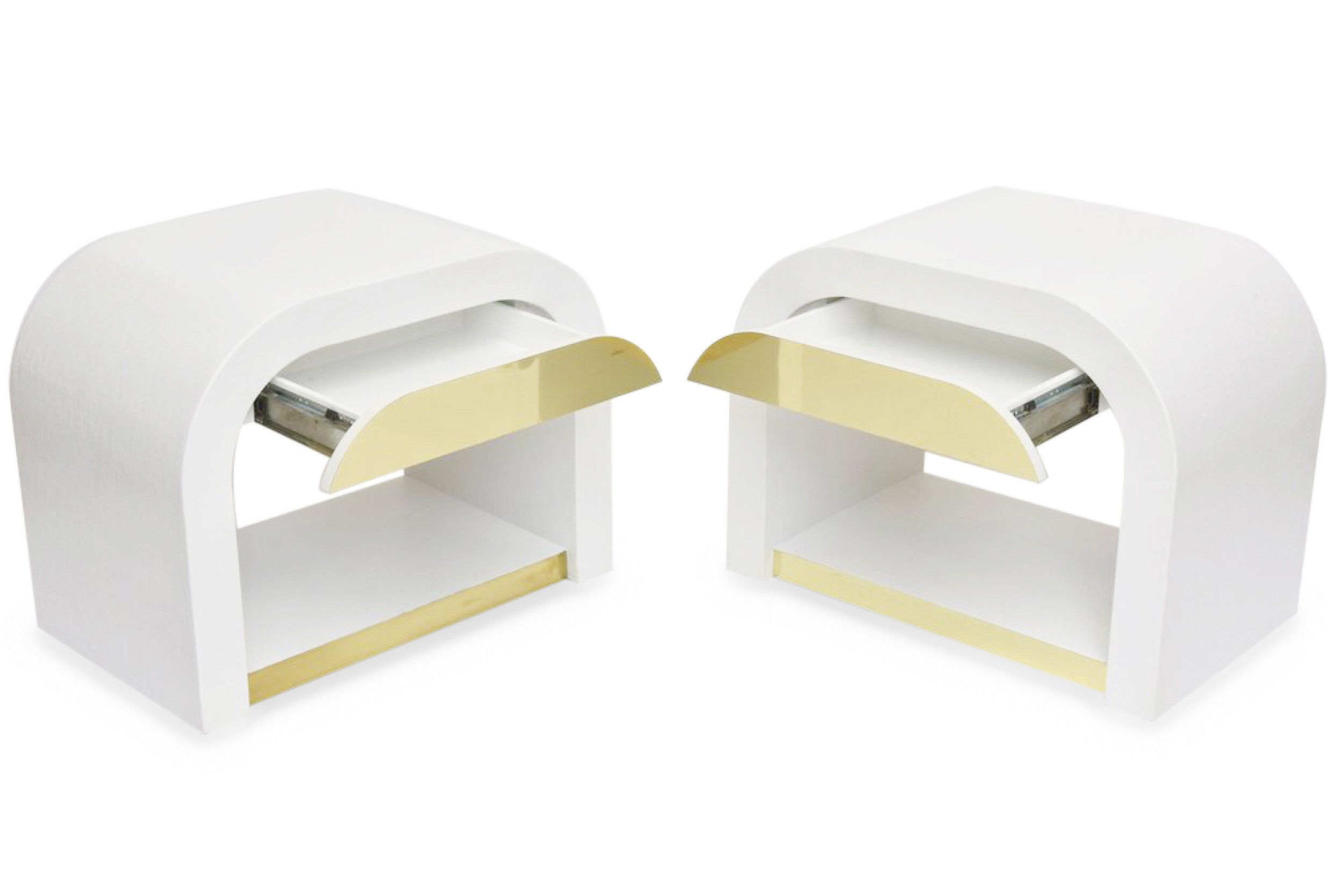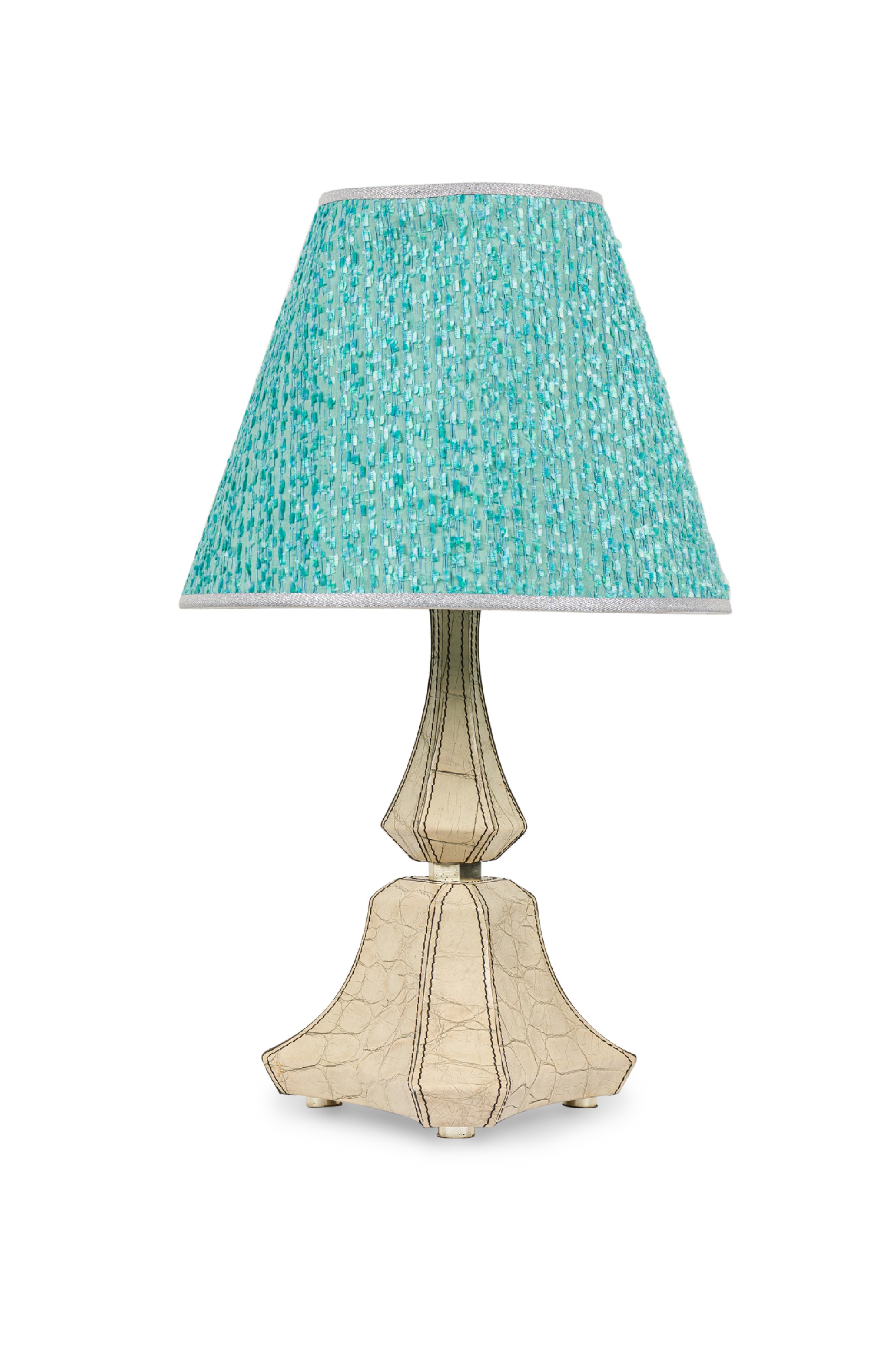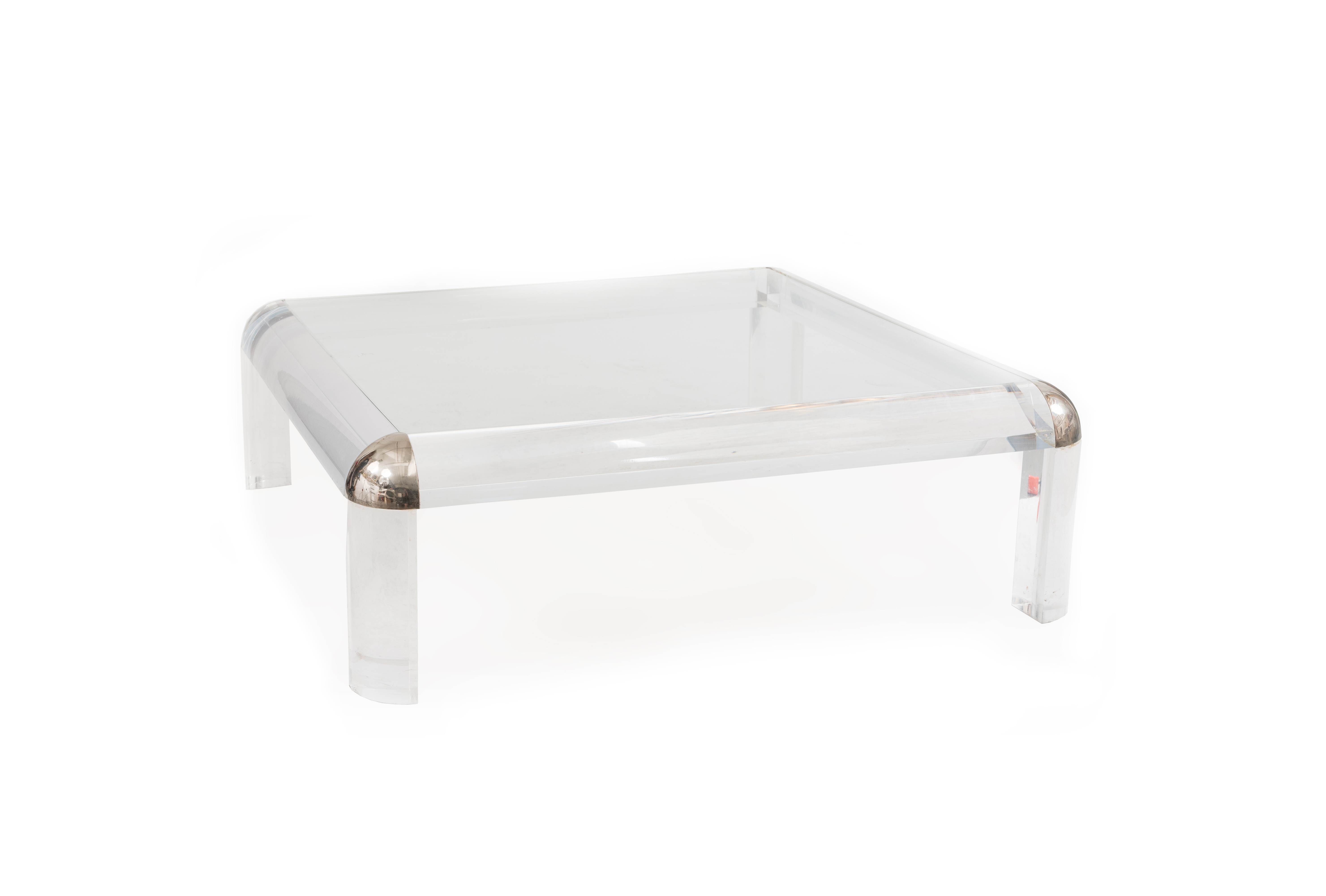
Karl Springer
Mr. Karl Springer was the most influential American furniture stylist of the latter 20th century. His unique blend of chic sophistication and raw aesthetics made his work powerfully attractive and widely imitated from the 1960s through the 1990s. His clear influence can still be felt in high-end contemporary furniture today.
Born in Berlin, Germany in 1931, Karl immigrated to New York in 1957. He began his career as a top window dresser for the Lord & Taylor flagship store on Fifth Avenue while developing a line of exotic leather accessories by night.
With the support of a friend, Karl placed his line in a prestigious specialty shop within Bergdorf Goodman. The line became an overnight sensation, leading him
Mr. Karl Springer was the most influential American furniture stylist of the latter 20th century. His unique blend of chic sophistication and raw aesthetics made his work powerfully attractive and widely imitated from the 1960s through the 1990s. His clear influence can still be felt in high-end contemporary furniture today.
Born in Berlin, Germany in 1931, Karl immigrated to New York in 1957. He began his career as a top window dresser for the Lord & Taylor flagship store on Fifth Avenue while developing a line of exotic leather accessories by night.
With the support of a friend, Karl placed his line in a prestigious specialty shop within Bergdorf Goodman. The line became an overnight sensation, leading him to open an atelier on the emerging boutique row of East 53rd Street. The Duchess of Windsor discovered him, and her patronage catapulted him into the limelight. Designers and patrons flocked to his small shop, charmed by his personality and captivated by his creations. Quickly, he began taking commissions for larger and more important pieces. His tireless pursuit of fine materials and old-world finishing techniques gave his pieces their unique appeal. Whether using ancient oriental lacquer techniques or heavy Lucite, Karl effortlessly incorporated these elements into his creations. He sought forms within many design movements and distilled them to their purest shapes, developing a network of artisans and craftsmen and always demanding the highest quality of materials and workmanship.
Karl passed away in 1991, leaving a rich design legacy. He was honored with a one-man show at the New York School of Interior Design in 1994. Numerous articles about him have appeared in prestigious design journals, and his original pieces are in great demand at auction houses and among dealers of 20th-century furniture.



